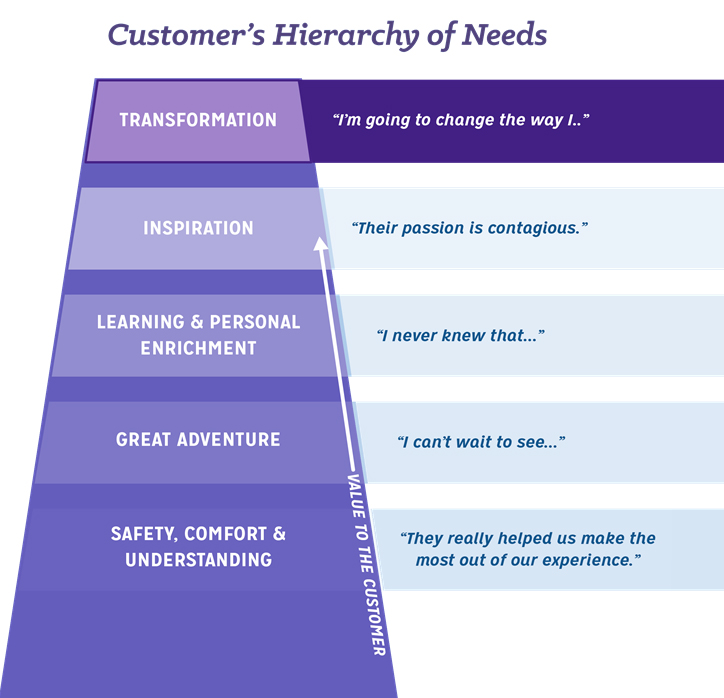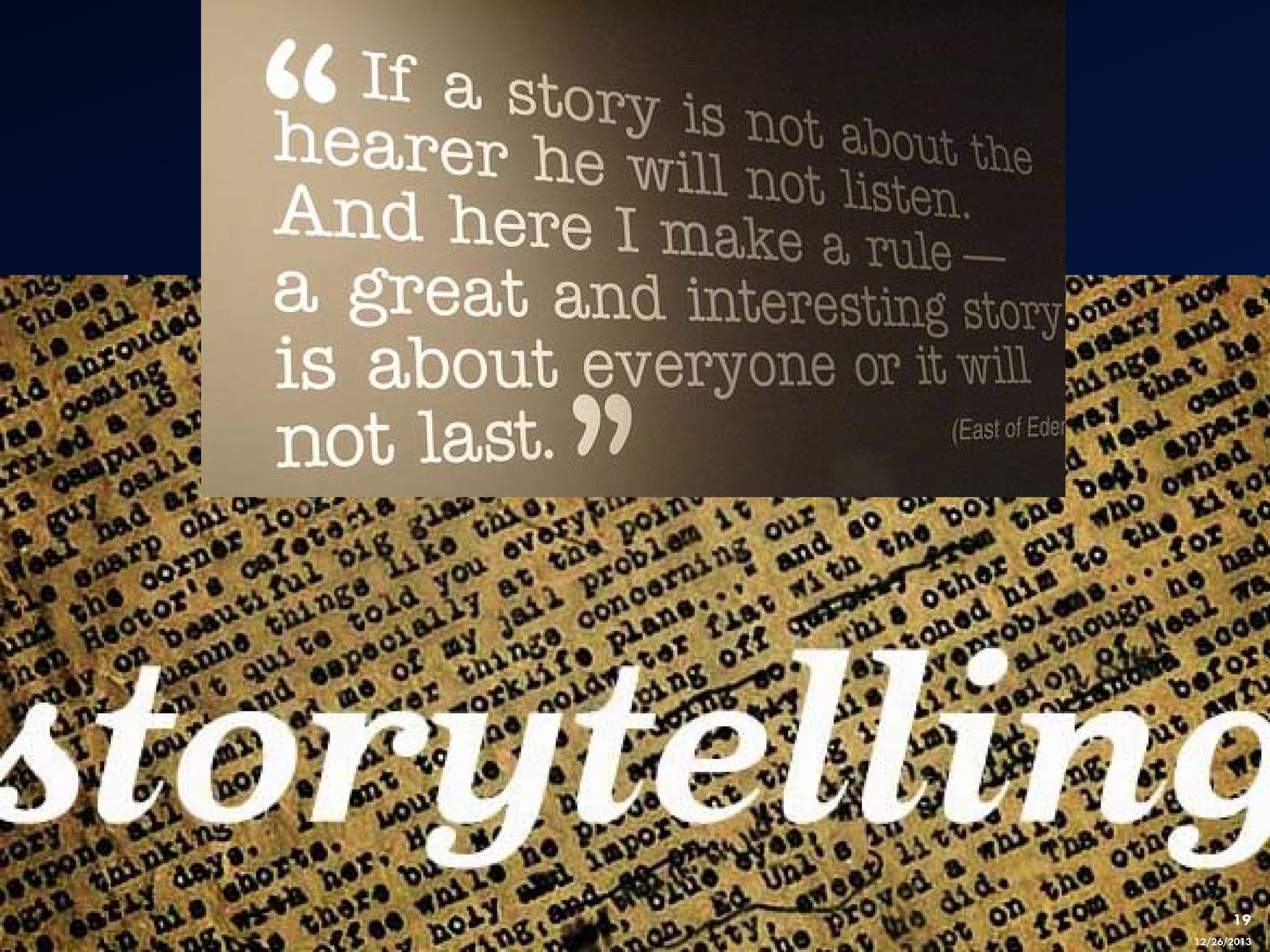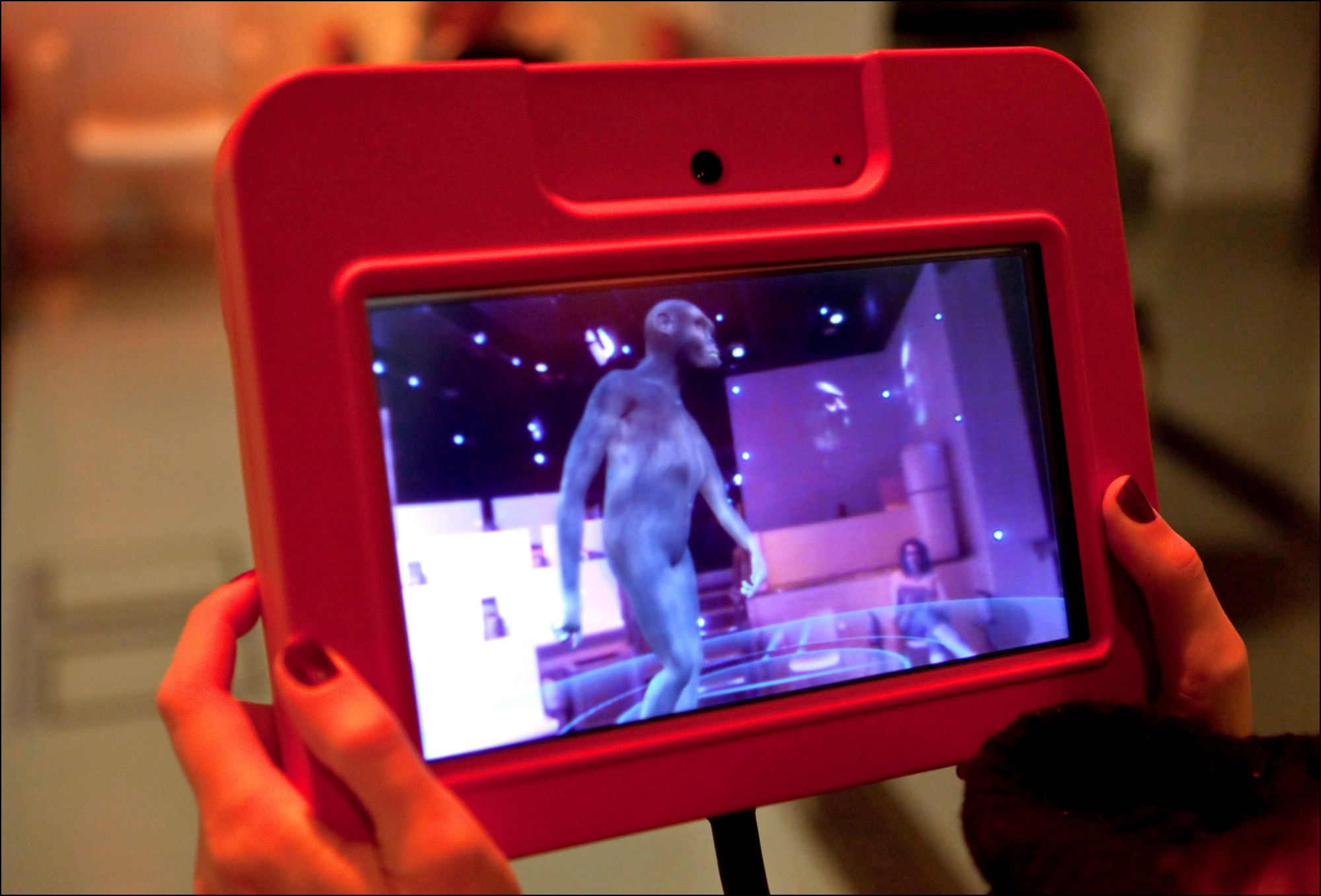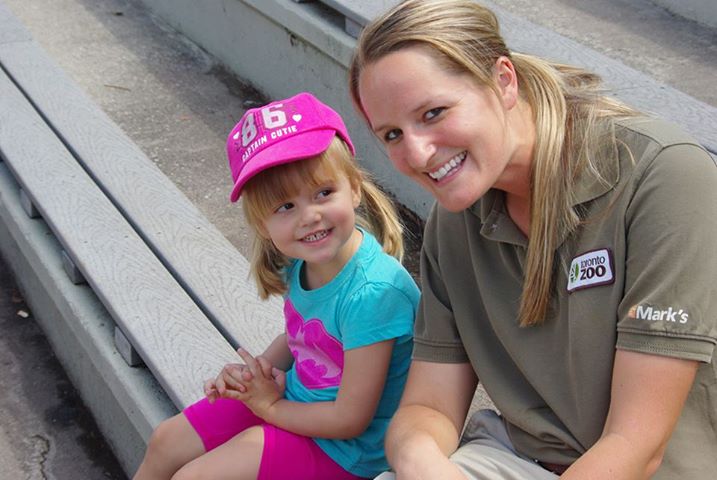The following is an adaptation of a presentation I gave in September 2013 at the AZA National Conference as part of the session ‘Enrichment as Guest Experience.’ This is part two of two. Check out Part 1 here. What is experience?
Put quite simply, it’s everything. Literally and figuratively.
Experience at zoos and aquariums is everything from the moment your guest turns onto your property in their car. It’s every moment, every interaction with staff or animals, every view.
All of these moments combine and culminate to create an ultimately positive or negative association with your institution.
Experience is also quite possibly the most important aspect of what you do.
Maslow’s Hierarchy of Needs summarizes the pattern of human motivations from the most basic to the sublime. A parallel can be made to your guests’ needs. Meaning, before we can reach people on a transformational level, we must satisfy their lesser needs beginning with the desire first to be comfortable and safe, moving through to simply having a good time, onto learning something, which sparks something deeper (the ‘I wanna help’ moment), and ultimately providing them the inspiration to take action.
The key here is to remember that your guests do not come through the door ready to be transformed. We must provide a great guest experience starting with the most basic needs guiding them to transformation.
Why do we care?
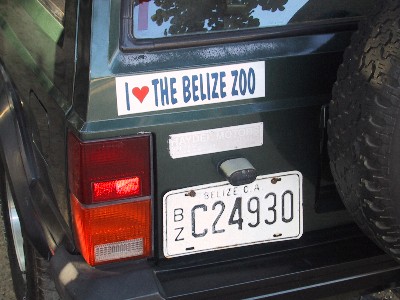
This one’s simple. The ultimate goal of every visit is to create or facilitate transformational experiences. We do this through engagement, empathy and empowerment. We aim to create Activists—both for conservation and wildlife, but also for your institution itself. Your guests are your best marketing tool and PR managers—when they’re on your side.
How do we optimize experience to achieve our goals?
One major method is through the use of storytelling. Yes, it’s a buzzword right now, but for good reason: it works. Human beings have been using storytelling as a means to convey information for thousands of years. Why not use what works? And it’s universal, appealing to every age group, ethnicity and educational background on the planet.
But stories are no longer passive or 2D experiences. Our lives are dominated by choice and interactivity. We live in an instant gratification society. This doesn’t necessarily mean that every experience should incorporate digital media. It simply means people today like to display some control over their environment, and the more choice we can give them, the more engaged our guests will become.
Storytelling in zoos primarily occurs through three methods:
1. Environment: Sensorial cues begin to tell a story by creating a setting
Humans are highly visual, and in fact, as state before, we’re highly sensorial—and the connection with the senses, the more powerful memories may be. Creating places that stimulate the senses triggers other memories and sparks the imagination.
Environment can also contribute to story with the use of the unexpected. Our minds work by piecing information together by making assumptions based on past experiences. When something doesn’t look or feel as we expected, our minds go into overtime trying to reconcile the past experience with the current. This leads to a simple truth: surprise gets our attention.
2. People: Direct and effective communication of story
Humans are social animals. We yearn to connect with others. We want to find commonalities, to empathize. So it’s no surprise that storytelling is most effectively achieved by people connecting with people. In fact, it’s been shown in study after study that guests learn more and are more interested in the animals at zoos after interacting with docents and keepers.
3. Animals: The heart of the story
The best animal stories are those told by the animals themselves. Similar to our desire to connect socially with other humans, we also want to connect with animals. And if you examine how we connect, you’ll see it’s often with our senses—perhaps most importantly, through the sense of touch.
One of the most memorable, most affecting guest experiences is being able to physically touch animals. But, if we cannot touch, we want to be as close to the animal as possible. We want to interact with the animal, we want to get a reaction from the animal. We want to feel as if we’ve been noticed and seen—like we’ve engaged directly—with the animal. Just like how we connect with people.
And again, just like how we connect with each other, we’re seeking to find similarities with animals; looking for comparisons between how we look and behave. The stories we tell about animals are often most engaging when we’re building empathy through understanding—by looking for ways that they’re ‘just like me!’
These three elements of storytelling are also major aspects of Enrichment. Environment is enrichment through provision of choice, change in habitat, toys, etc. People deliver the enrichment whether through keepers or even special guest experiences. And, of course, the Animals are the recipients of the enrichment.
Getting creative about how we enrich the animals in captivity while also keeping the guest experience top of mine will only continue to improve the guest experience and ability of zoos and aquariums to achieve their missions.



